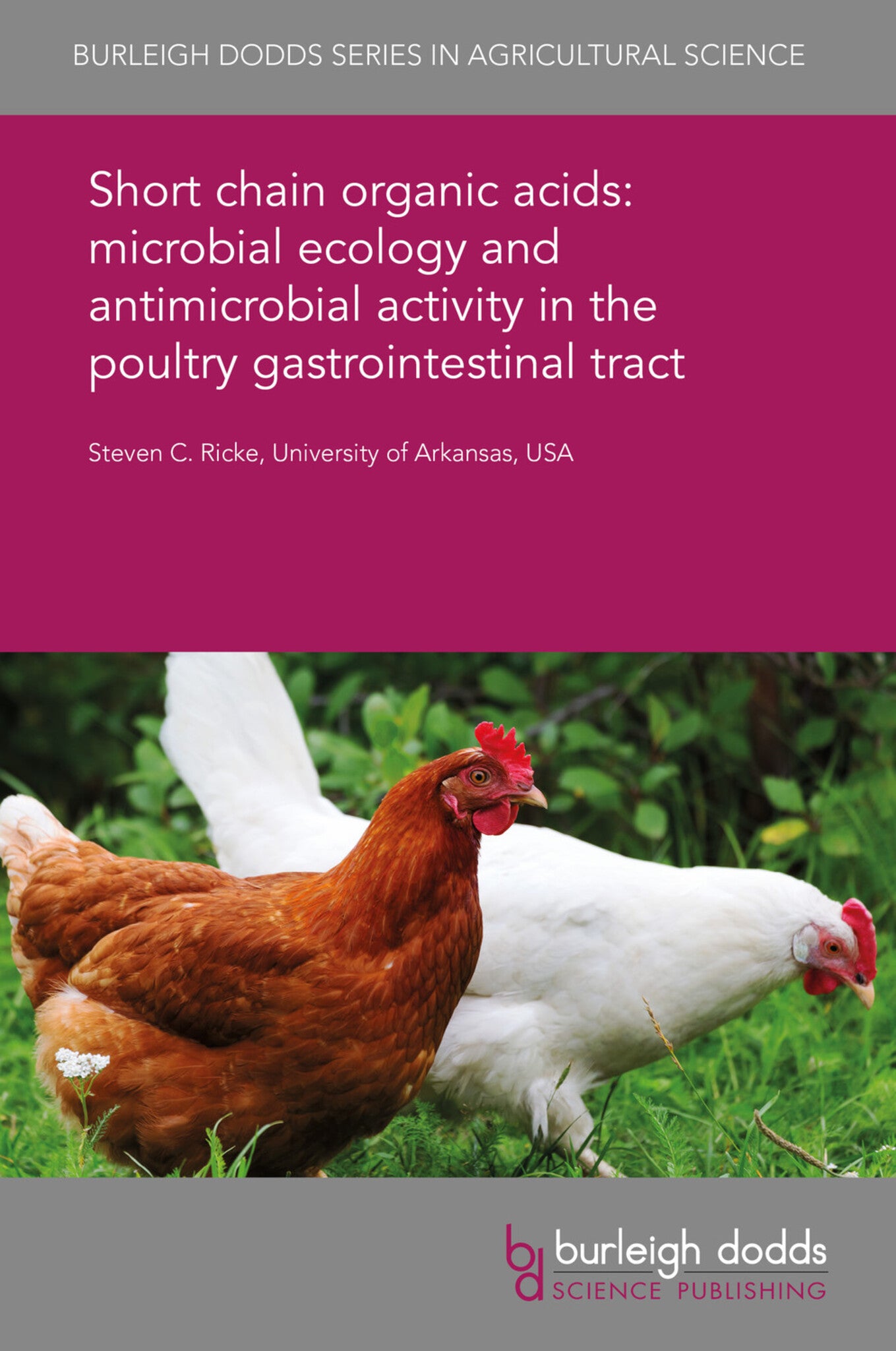We're sorry. An error has occurred
Please cancel or retry.
Short chain organic acids: microbial ecology and antimicrobial activity in the poultry gastrointestinal tract

Some error occured while loading the Quick View. Please close the Quick View and try reloading the page.
Couldn't load pickup availability
- Format:
-
25 November 2019


TECHNOLOGY & ENGINEERING / Agriculture / Sustainable Agriculture, Poultry farming, TECHNOLOGY & ENGINEERING / Agriculture / Animal Husbandry, Sustainable agriculture, Animal husbandry

1 Introduction 2 Short chain organic acid production in the upper poultry gastrointestinal tract 3 Cecal fermentation and generation of short chain organic acids 4 Functions of cecal short chain organic acids: host metabolism 5 Functions of cecal short chain organic acids: pathogen inhibition 6 Feed contamination and feed additives: general concepts 7 Activities of short chain organic acids in the feed 8 Short chain organic acids: feeding studies 9 Conclusion 10 Where to look for further information 11 References



